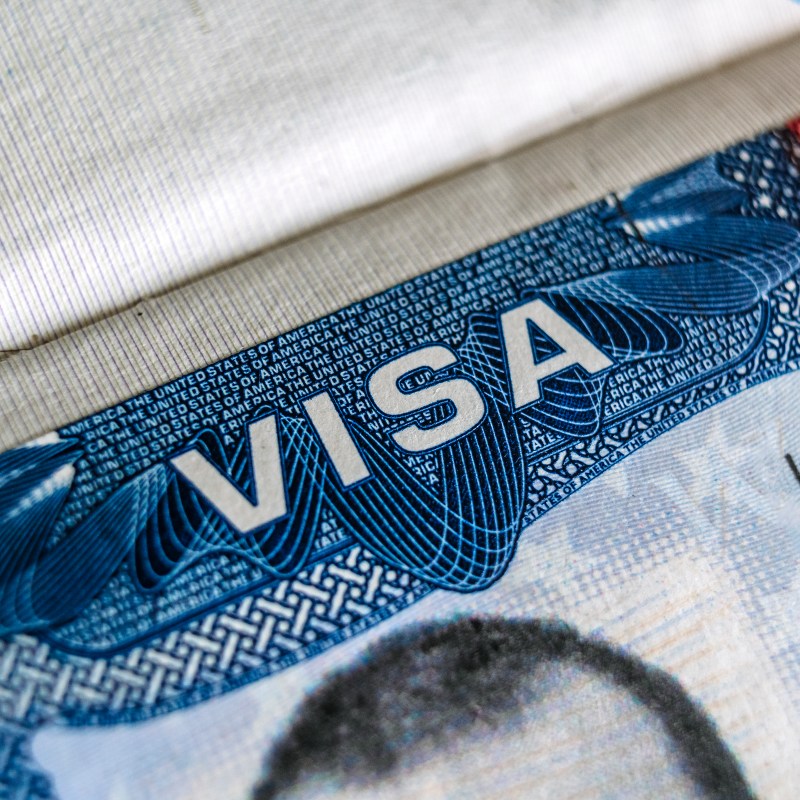
The United States announced that, starting on September 30, 2025, it will be raising the cost of its travel authorization fees for citizens of visa-exempt countries.
Videos by TravelAwaits
Prior to September 29, 2025, the Electronic System for Travel Authorization (ESTA) charges $21 per application. After that date, it will double to $40 per visitor. To clarify, this is separate from the ‘visa integrity fee’, which is a $250 charge for visitors from non-visa-exempt countries.
For example, someone visiting from the UK will pay $40 to have their travel application approved. But a visitor from a non-exempt country, such as China, must pay for their tourist visa application (around $25) and a separate $250 integrity fee. (Allegedly, the integrity fee will be returned to visitors who break no rules during their stay.)
Recently, the EU also raised its ETIAS fee from around $8 to $23, tripling in price, which drew criticism for being so high. The price hike was thanks to the added expenses of rolling out the EU’s latest fully digitized and biometric border systems.
So, what’s behind the spike in the US’s travel authorization cost—especially when domestic tourism is already facing ups and downs?
Why did the US double its travel authorization fee for visitors?
The doubling of the US’s ESTA fee is due to new provisions from the recently passed ‘One Big Beautiful Bill Act’, which has dictated that certain fees be tacked on to ESTA. The new $40 fee will be allocated toward travel promotion ($17), operational ESTA fees (now $10, formerly $4), and a Treasury General Fund fee ($13).
The slight rise in cost for operational ESTA fees mirrors price hikes in both the EU and UK. Over time, systems expand and become pricier to operate. The Treasury General Fund fee is a new addition, and is responsible for most of the rise in price
